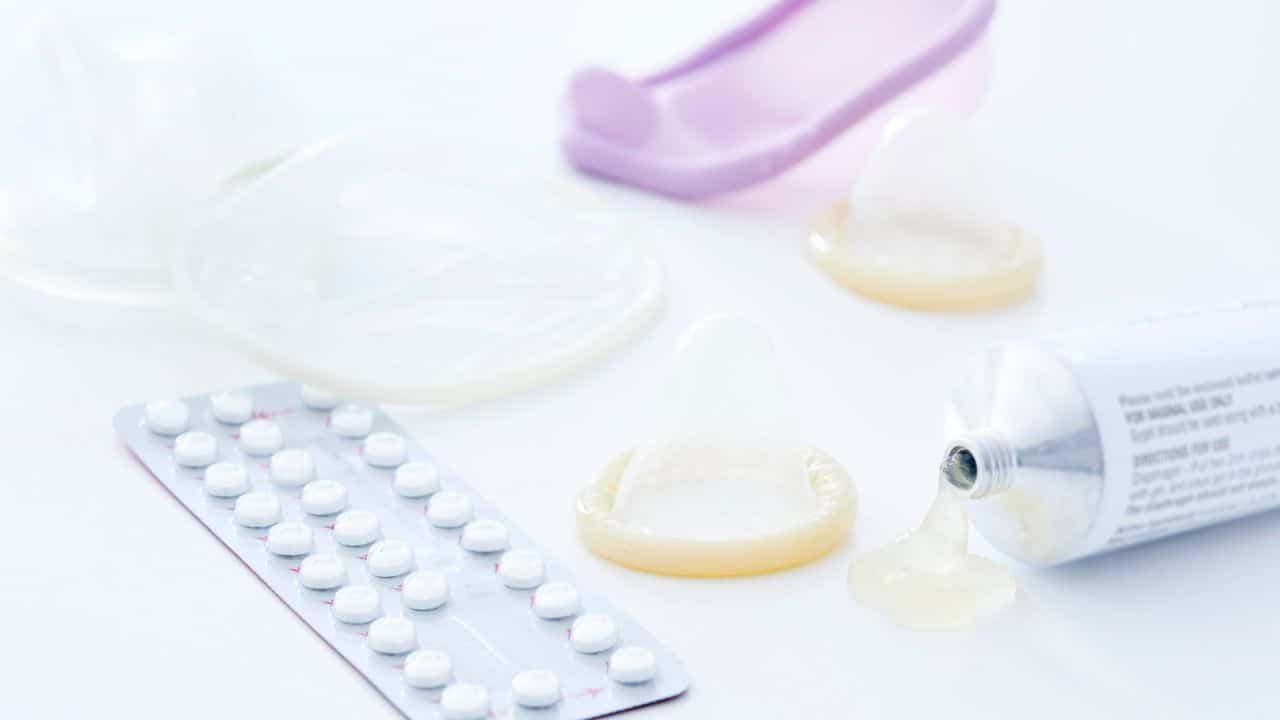We know that everyone wants their injectable phalloplasty (penis enlargement) to be permanent.
Free fat transfer (from liposuction) was promising, however there is a very high rate of resorption – leaving irregular bumps. Silicone was tried medically and as a ‘home’ remedy, however there have been both short term and delayed serious issues with granulomas and infections requiring major surgery to correct. Polyacrilamide gel (A******d) is available in Australia as a permanent filler but has had some serious infection and delayed reactions. PMMA (acrylic microbeads) are available in Mexico and Korea and I have seen lots of hard lumps and bumps with these fillers.
I am not saying there are not guys with good results from all of these treatments. It is just the potential problems are severe and long term and can require significant surgery to correct.
So hyaluronic acid (HA) is accepted as the safest filler – is there any evidence it can be longer term/permanent?
A study published in the Journal of Investigative Dematology in 2012 from the University of Michigan School of Medicine suggests it can. They injected cross linked HA into the buttock skin and were able to demonstrate fibroblast activation, collagen production, thicker cell layers in the skin and new blood vessels. Non-cross linked HA or saline did not produce these effects. Mature collagen has a half-life (i.e. half is gone) of 15 yrs.
This supports a number of their earlier papers showing similar findings. And clinically in places we routinely inject repeatedly we find over time we need less volume and longer time between sessions. So HA is giving some benefit beyond just the filler itself, with some long term effects, but it is not a major percentage of the increase. We are working with a number of HA manufacturers to develop a specific phalloplasty HA – so watch this space!
Taihao Quan, Frank Wang, Yuan Shao, Laure Rittié, Wei Xia, Jeffrey S Orringer, John J Voorhees, Gary J Fisher. Enhancing Structural Support of the Dermal Microenvironment Activates Fibroblasts, Endothelial Cells, and Keratinocytes in Aged Human Skin In Vivo. Journal of Investigative Dermatology, 2012;
Frank Wang , John J Voorhees In Vivo Stimulation of De Novo Collagen Production Caused by Cross-linked Hyaluronic Acid Dermal Filler Injections in Photodamaged Human Skin. Archives of Dermatology 143(2):155-63: February 2007






